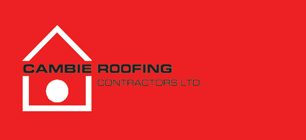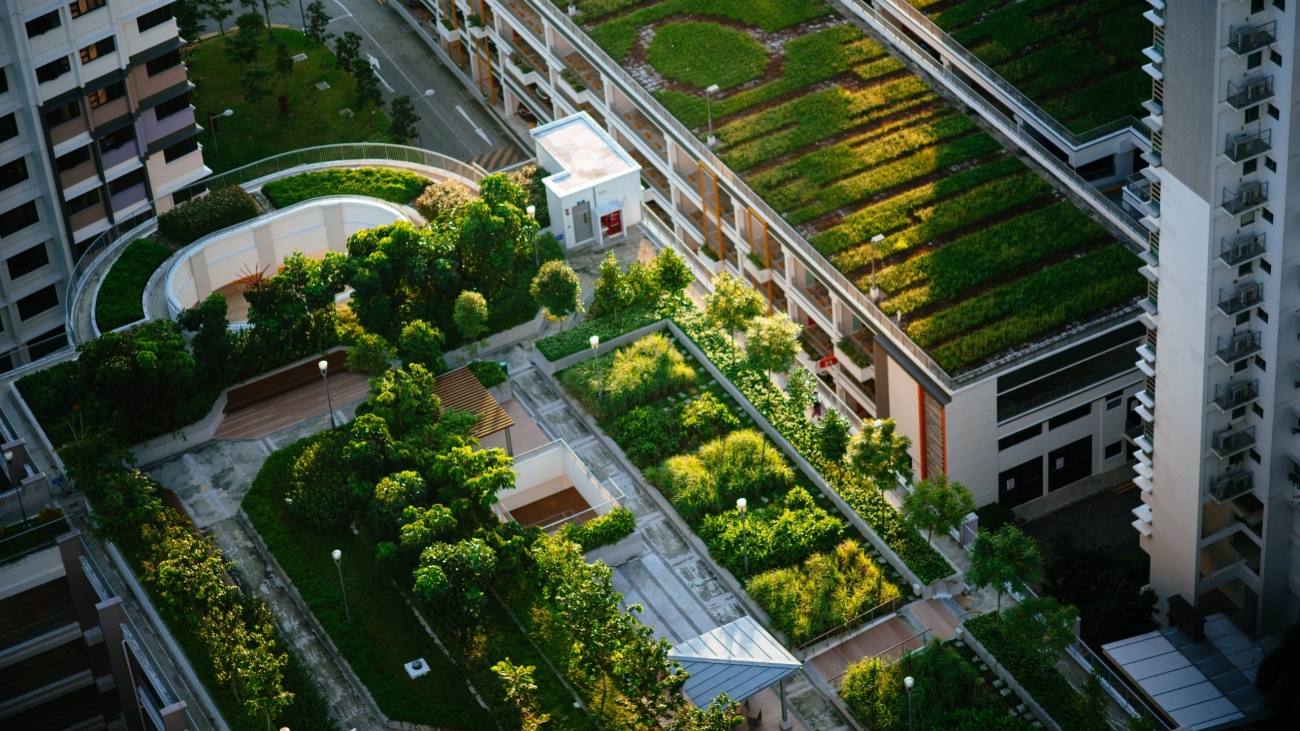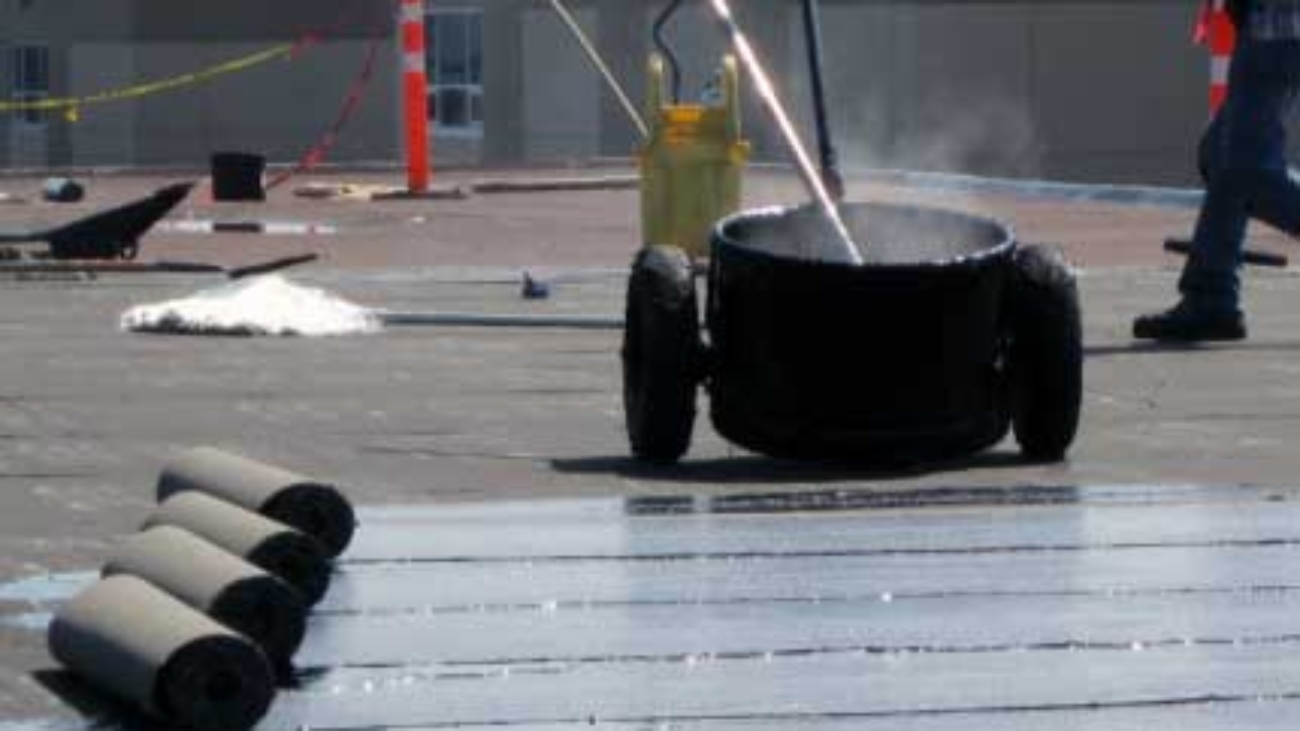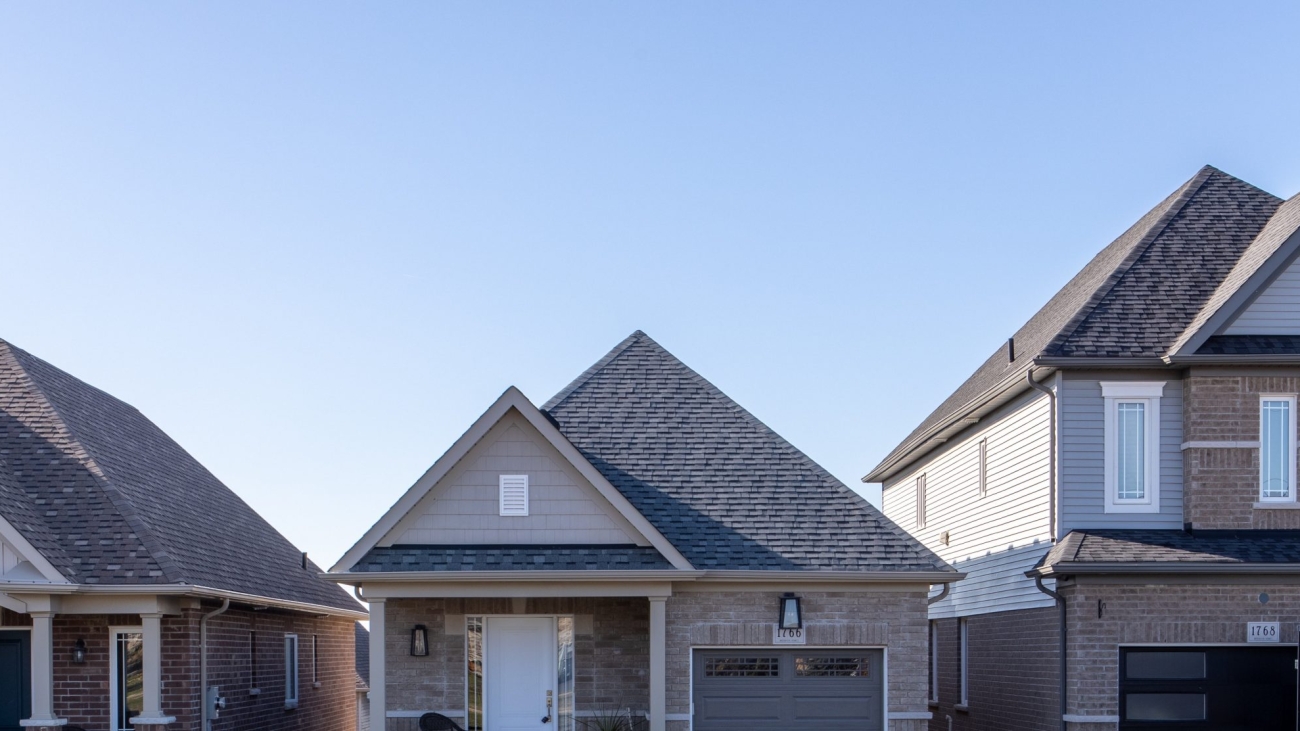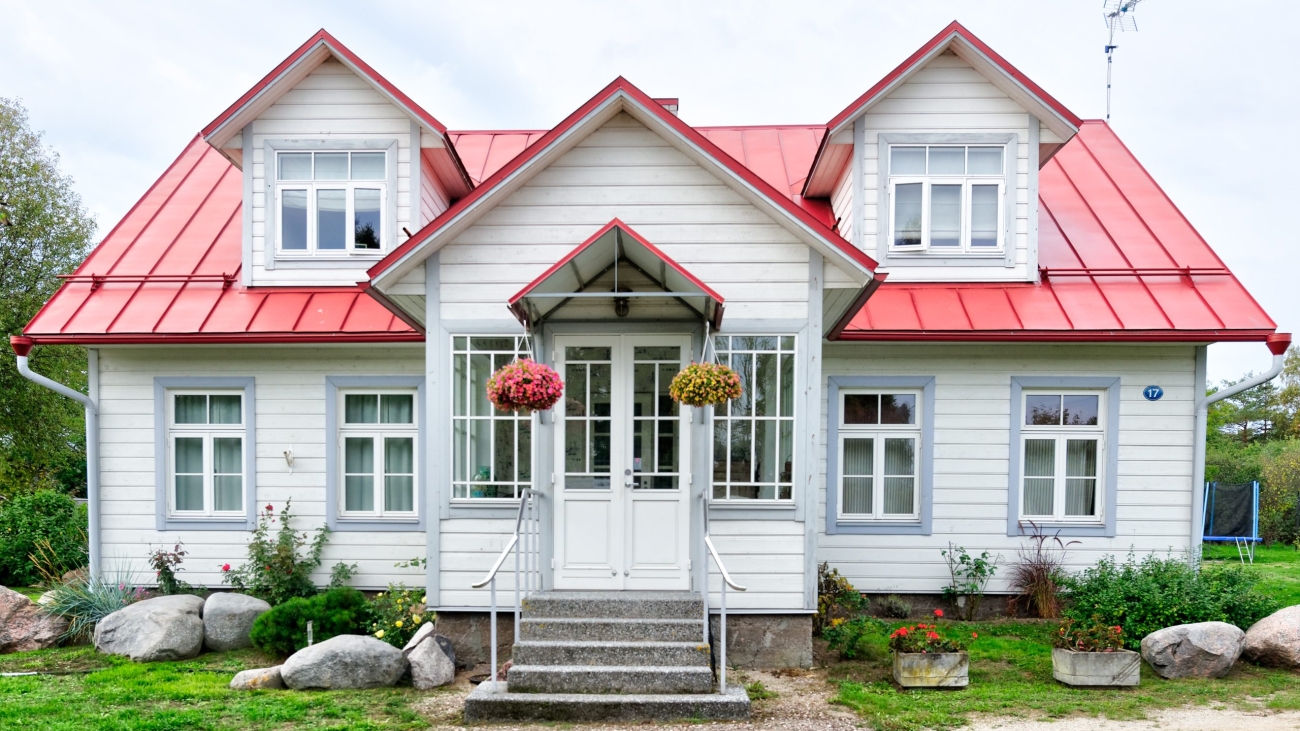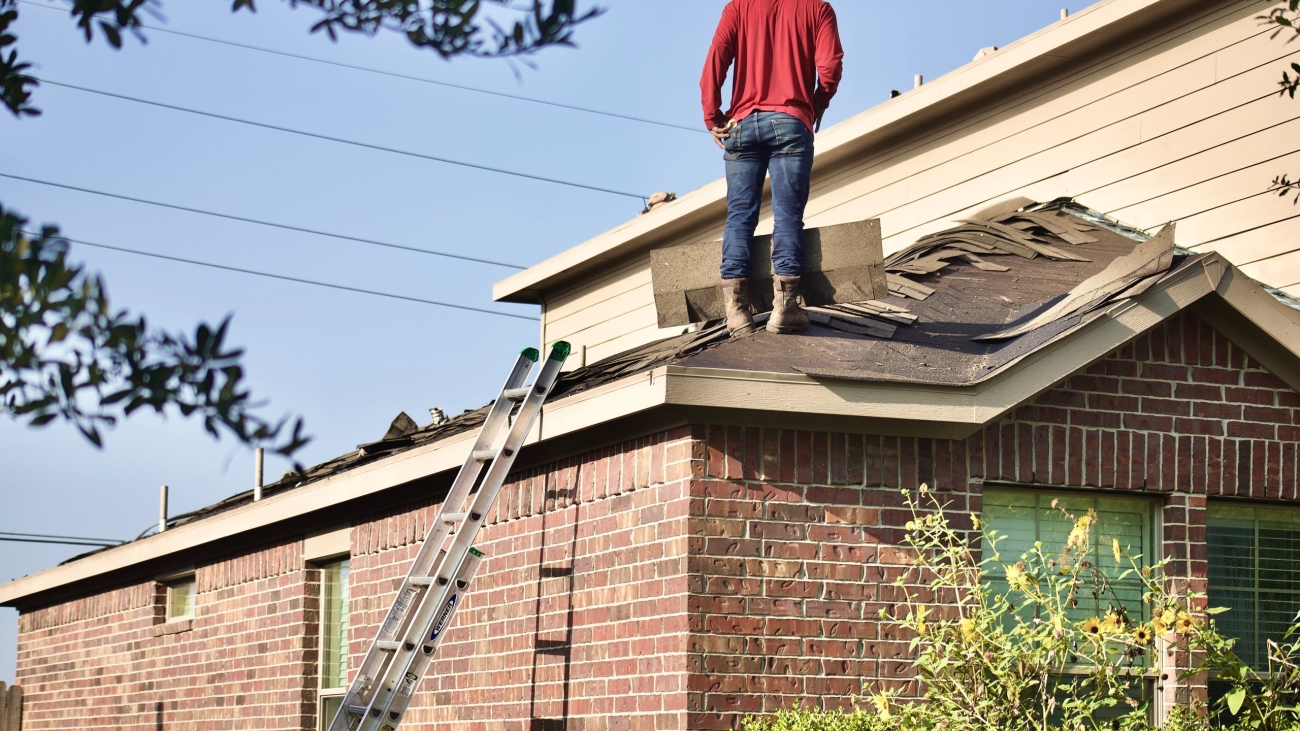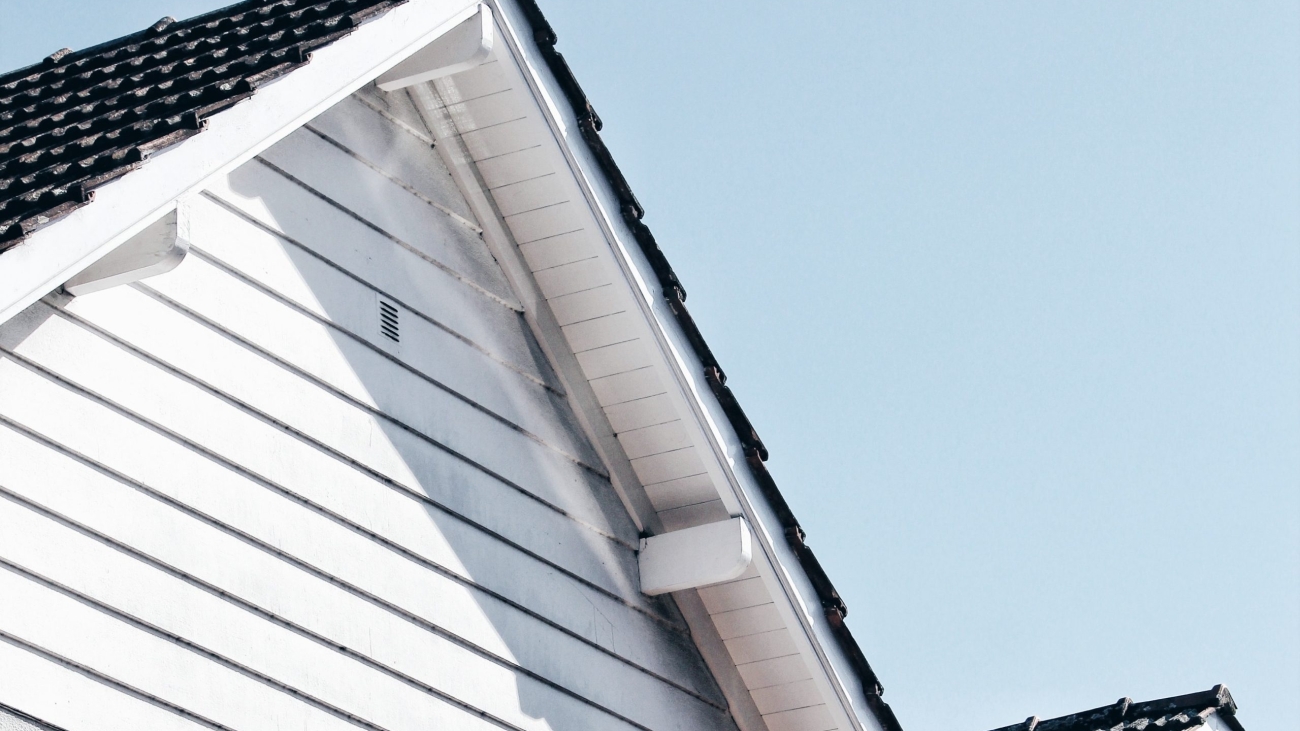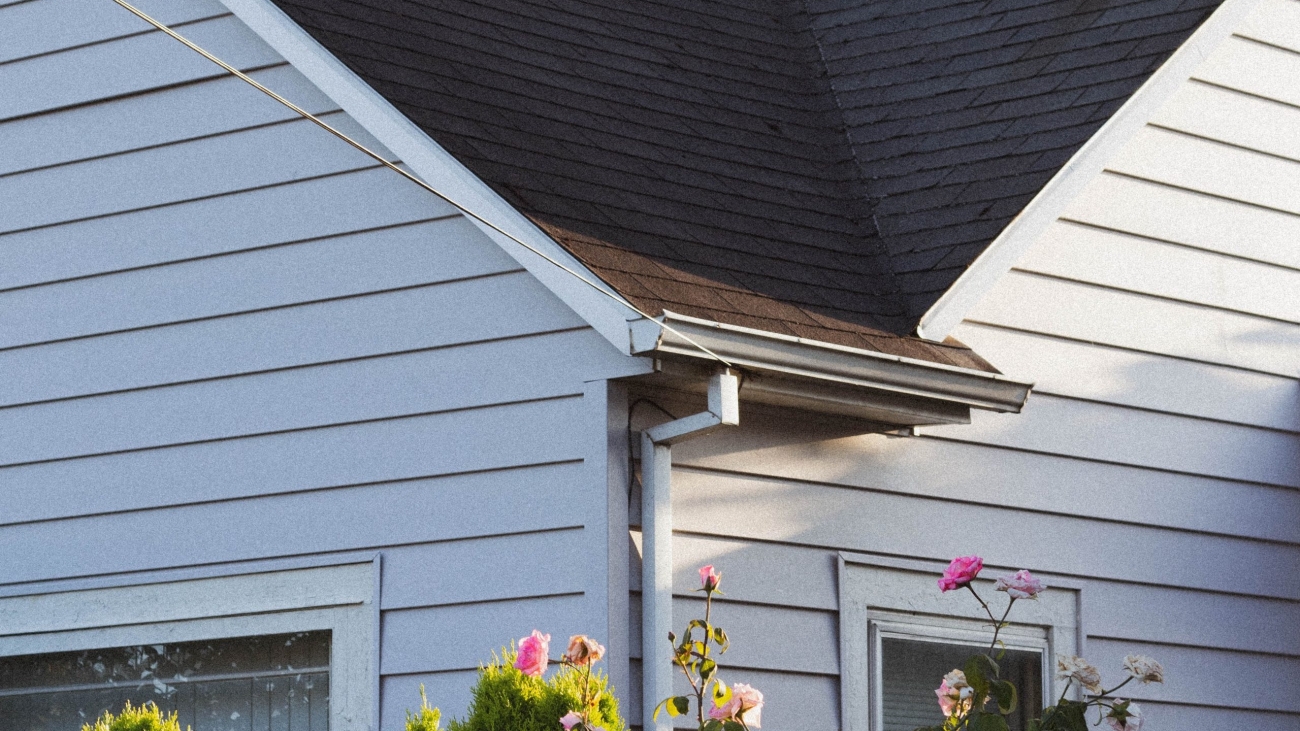How Can I Make My Commercial Roof More Eco-Friendly?
Every construction project whether it’s big or small has some sort of impact on the environment – roofing included. If you’re the owner of a commercial property, choosing an eco-friendly roof upon building or replacing your current roof will not only lower your carbon footprint but it can also save you money down the road. As a business owner, the impact your roof has on the environment should be something you consider. In 2023, many builders are taking into consideration things like climate change and increased prices on supplies and energy costs. Because of this, many people with both residential and commercial buildings are seeking eco-friendly options when it comes to their roofs. In this blog post, we are going to discuss eco-friendly roofing options for commercial buildings.
Roof coatings
If you are looking for ways to make your existing commercial roof more eco-friendly, a great option to consider is adding a sustainable roof coating. These coatings are designed to reflect sunlight which means you’re spending less money to keep the inside of your building cool, especially during warmer months. There are various types of coatings but the most common ones are silicone and acrylic. Restoring your existing commercial roof is a lot less expensive than replacing the entire thing so if you’re looking for a cost effective treatment, roof coatings are the way to go. Installing a roof coating not only makes it cheaper to regulate the temperature inside of your building, it will also increase your roof’s lifespan and reduce your carbon footprint. A win-win for a commercial building owner looking to be more eco-friendly! Some roof coatings are specifically designed in lighter colours so they can reflect even more sunlight while lowering your energy bills. These simple techniques are also known as cool roofing methods and oftentimes you can find them from recycled materials which makes it even better for the environment.
Green roofs
Recently, green roofs have gained popularity among commercial building owners. These roofs are typically installed on flat roofs and when complete, they have numerous positives on the environment. Similar to roof coatings, green roofs can moderate your building’s temperature. They also promote clean air, beautify areas that might lack greenery, collect rainwater runoff and promote biodiversity. If your building can accommodate a green roof, there are plenty of things you can do with it such as creating a park for customers to enjoy, a garden to grow fresh fruit and vegetables or just a place to unwind on your own. Green roof installations are complex and require plenty of upkeep which can be costly but if you are willing to take on the challenge, you will benefit greatly from it while also making your building eco-friendly.
Consider installing skylights
A roofing addition that many people often overlook is skylights. Compared to a normal window in your building, a skylight can produce three times as much natural light. If your skylight is installed in an area that gets plenty of sunlight, this can improve energy costs as you won’t need to rely so much on artificial lighting. Depending on how they’re installed, skylights can also improve your heating and HVAC efforts. In addition, skylights provide a great opportunity for people wanting to benefit from natural sunlight throughout the work day. More natural light means happier employees and lower energy bills!
Solar panels
Converting sunlight into energy and not having to rely solely on fossil fuels is one of the best ways to make your roof more eco-friendly. This is done through the installation of solar panels, one of the largest growing trends when it comes to constructing and restoring both commercial and residential roofs. While solar panels can be pricey during initial installation, they will give you the power to produce your own energy without any greenhouse gases. Depending on where you’re located, many areas have started providing incentives and rebates for people looking to turn to solar energy because of the importance of renewable energy when it comes to fighting climate change. A good thing about solar panels is that once they’re installed, they don’t require a ton of maintenance.
Conclusion
By being more eco-friendly with your commercial roof, you are guaranteed to reduce your energy costs, increase the lifespan of your roof, see a positive return on investment and lower your carbon footprint. Sustainable roof coatings, green roofs, skylights and solar panels are just a few of the ways you can make your existing or new roof more eco-friendly. While the population starts doing their part to combat climate change, the focus shouldn’t just be on making residential roofs eco-friendly because commercial roofs are just as important. So what are you waiting for? If eco-friendly commercial roofing techniques is something you’re interested in, reach out to the experts at Cambie Roofing to learn more and discuss your options.
